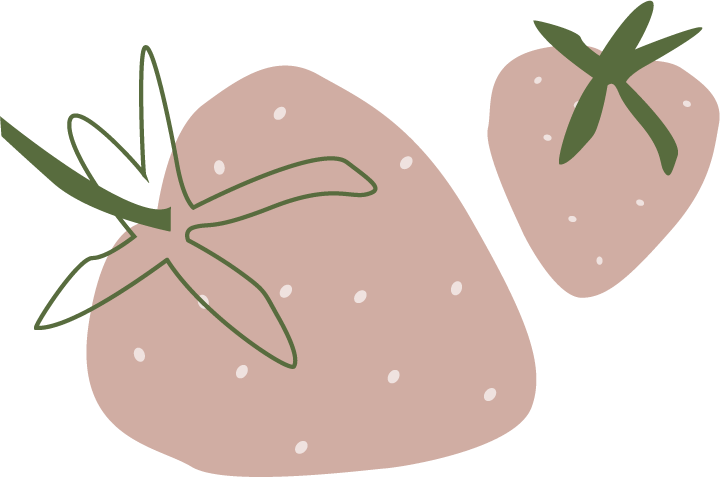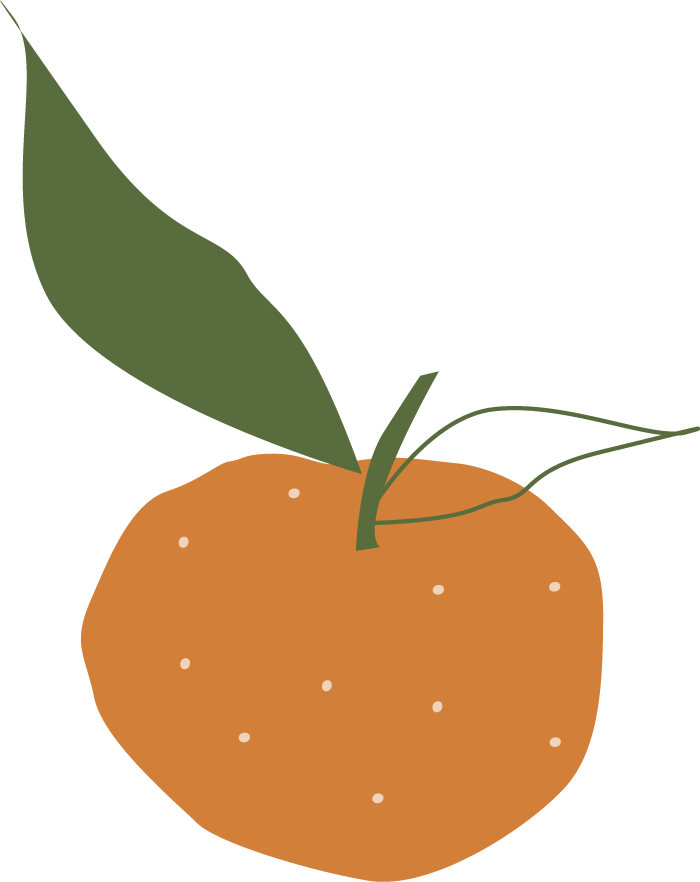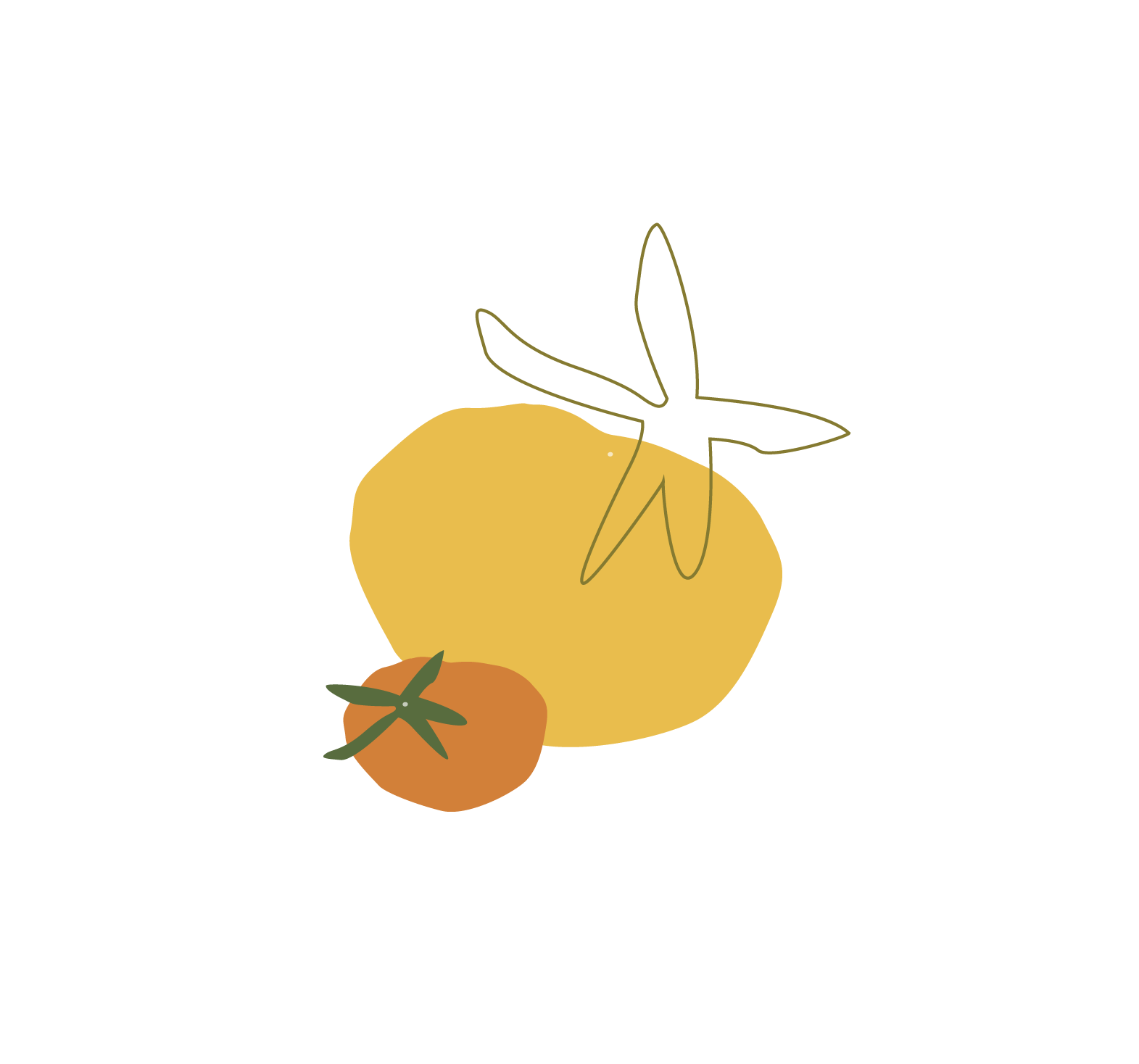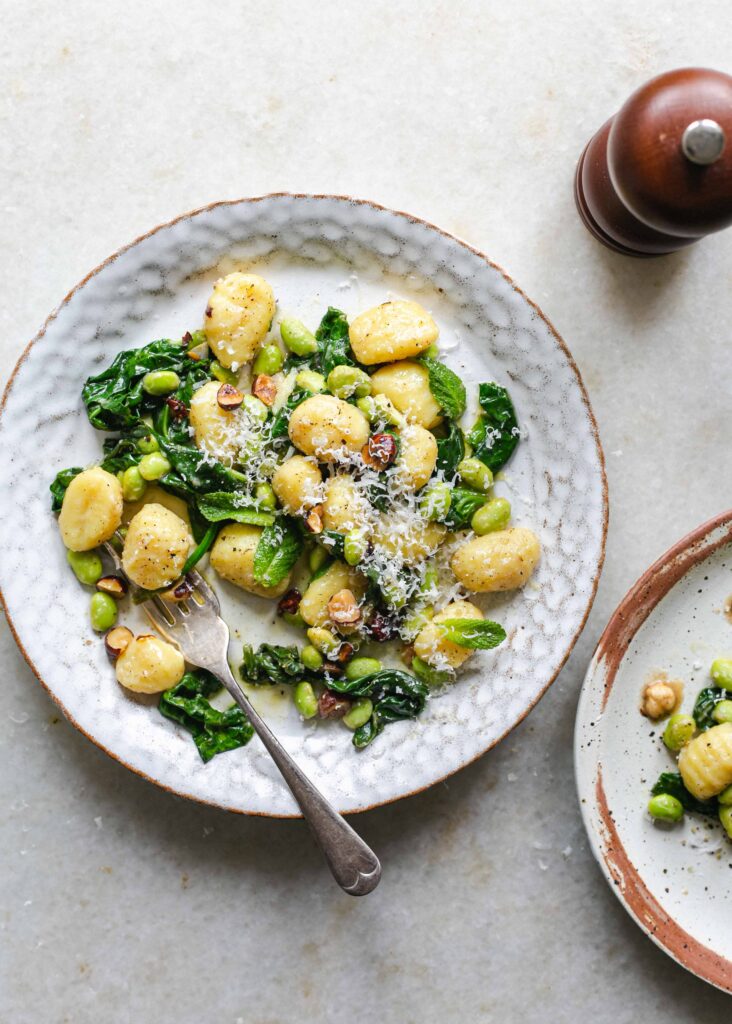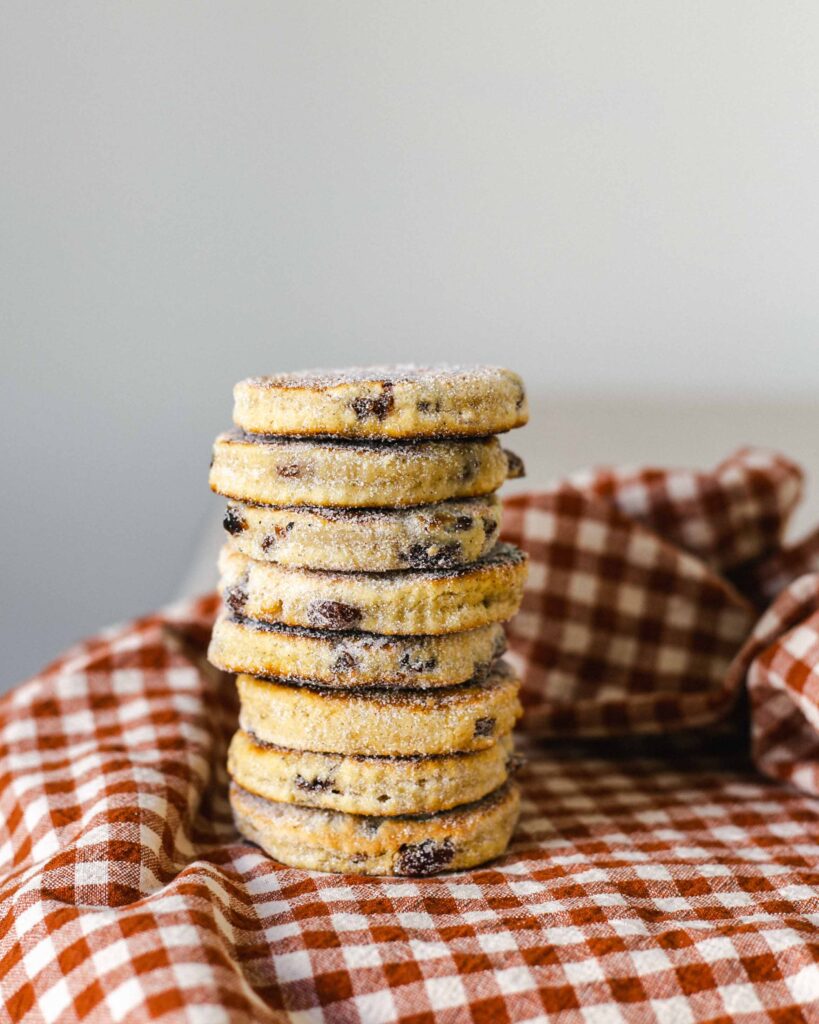The Low FODMAP Diet is a type of elimination diet that was first developed by researchers from Monash University in Melbourne, Australia. It is designed to help people suffering from irritable bowel syndrome (IBS) and research has shown that over 70% of people with IBS who follow the diet see an improvement in their symptoms, hurrah!
IBS affects around 1 in 7 people globally and can have a huge impact on every day life, mentally and physically. I was 14 when I was diagnosed (something every teenager wishes for!) and spent many years struggling to work out what triggered my symptoms. Then the Low-FODMAP Diet came along, and started changing things in a very big way.
What actually are FODMAPs?
FODMAPs are a group of carbohydrates (sugars) found in lots of different foods which are poorly absorbed in the small intestine. They can trigger symptoms such as stomach pain, gas, bloating, diarrhoea and constipation in those of us with IBS. Lovely.
What does FODMAP mean?
FODMAP is an acronym that stands for:
Fermentable
Oligosaccharides
Disaccharides
Monosaccharides
And
Polyols
‘Fermentable’ refers to the way in which FODMAP sugars are broken down by gut bacteria, while ‘Oligosaccharides’, ‘Disaccharides’, ‘Monosaccharides’ and ‘Polyols’ are the scientific names given to the groups of sugars. I know — catchy huh? FODMAP is an easier way of referring to everything altogether.
What foods are FODMAPs found in?
FODMAPs are found in lots of different foods and food additives, including apples, pears, cauliflower, beans, avocado, mushrooms, asparagus, cashews, onions, garlic and milk, as well as foods made from wheat, such as pasta, bread and biscuits. FODMAPs aren’t found in proteins or fats — so foods like fish, chicken, meat, eggs and oil are all low FODMAP.
The Monash University FODMAP App (by the founders of the diet) is brilliant and something that I recommend to everybody when starting. It’s this data and information that I follow to create the low FODMAP recipes on this blog. The app uses a traffic light system to show you FODMAP levels in foods — it might be that although a food is high FODMAP in a large portion size, it’s actually low FODMAP in a smaller portion size.
How does the diet work?
There are three stages to the Low-FODMAP Diet and it’s recommended that you chat and work with your GP or a dietician, to make sure you’re following it correctly. They can make sure you’re not restricting your diet unnecessarily and it’s important too that they have the chance to rule out any other medical conditions that might be causing your symptoms.
- Stage 1. This is know as the elimination phase, where high FODMAP foods are avoided for 2-6 weeks and replaced with low FODMAP alternatives where possible. This phase gives your sensitive insides a bit of a rest.
- Stage 2. This is known as the reintroduction phase. If your symptoms have improved in the elimination phase, you’ll start reintroducing FODMAPs one at a time. Most people aren’t sensitive to all FODMAP groups, and this is where you’ll work out which ones are an issue for you. It’s different for everyone, but this phase usually takes between 8 and 12 weeks.
- Stage 3. Personalisation. In this stage the aim is to return to as normal a diet as possible, avoiding just those FODMAPs that you’ve worked out trigger symptoms for you. You can continue to eat the foods higher in FODMAPs that you can tolerate better. Yay.
What you have to remember is that this diet is not about being incredibly restrictive longterm. The ultimate goal is to eat and live as freely as possible with the least restrictions you can get away with — the more FODMAPs you can return to your diet without triggering symptoms, the healthier your gut is likely to be. FYI down the line it might be that your tolerance to different foods improves and you can re-introduce those that you couldn’t tolerate before – looking after your gut health is an ongoing journey!
Resources and more information:
Monash University (also have a dietician directory and their app); NHS; FODMAP Friendly Food Programme; The IBS Network; IBS Coach: FODMAP Diet Plan, Tracker, & Relief app (the UK’s certified low FODMAP app that guides you through the complete diet plan).
BDA Freelance dieticians (can search for FODMAP trained dieticians in private practice in the UK); Registered dietician, health writer and co-founder of Happy Gut Guide, Laura Tilt; Kirsten Jackson, consultant gastroenterology registered dietician and founder of The Food Treatment Clinic; Specialist dietician Kaitlin Colucci.
Bay’s Kitchen (low FODMAP products and lots of resources), FODMarket (online low FODMAP shop), FODY Foods, Lottie Drynan’s ‘My Tummy Diary‘, Field Doctor (healthy low FODMAP meals delivered to your door!).
To note: Everybody is different and this a diet that worked for me.The information and advice on www.shecanteatwhat.com is not intended to replace the services of trained health professionals or be a substitute for medical advice. I’m coming from a place of experience, hoping to provide recipes and resources that just weren’t around when I was told about the diet. Please have a chat with your doctor, GP or a dietician before starting the diet.
